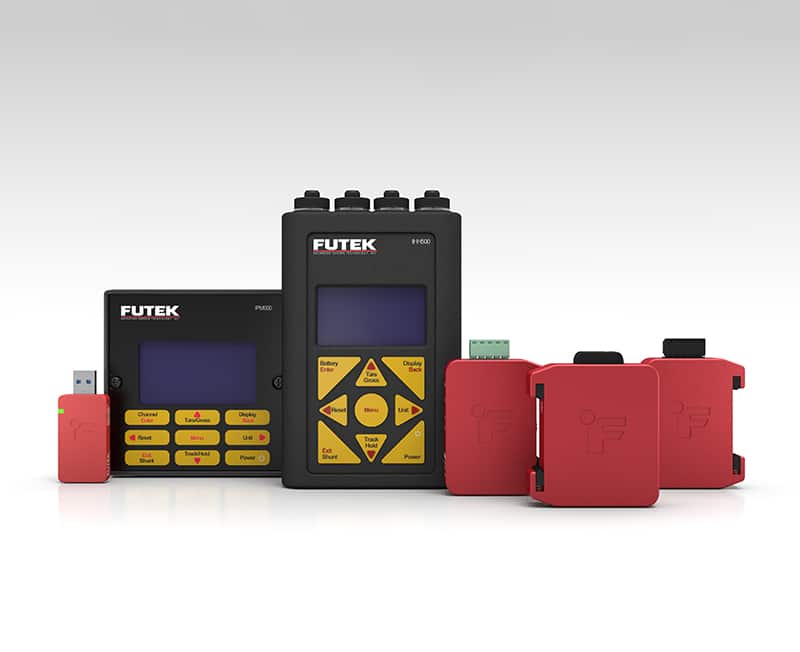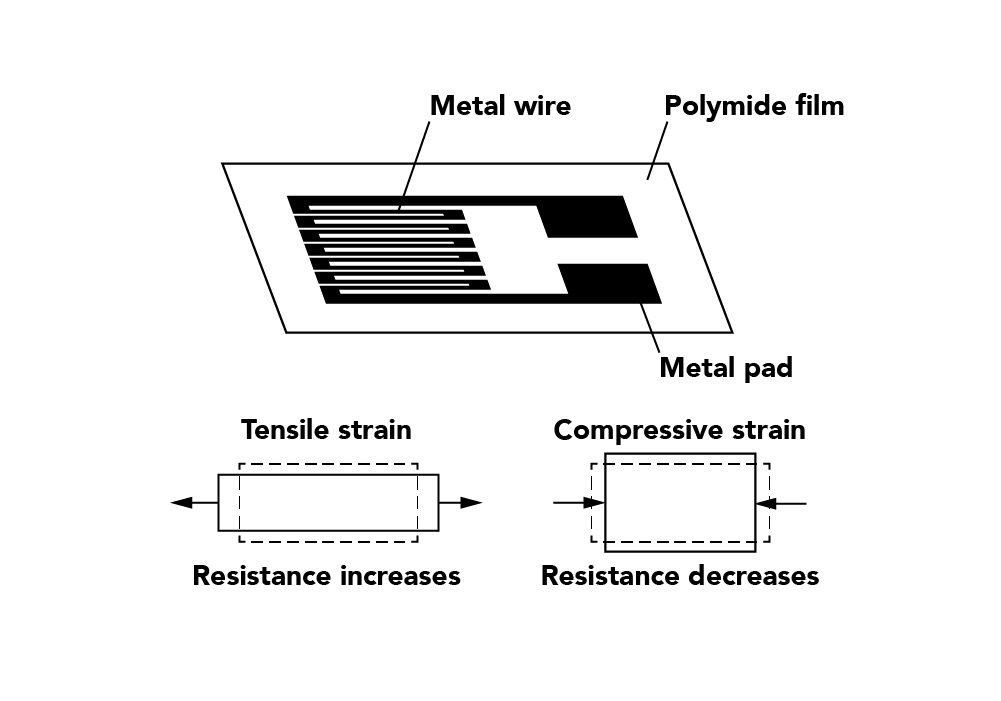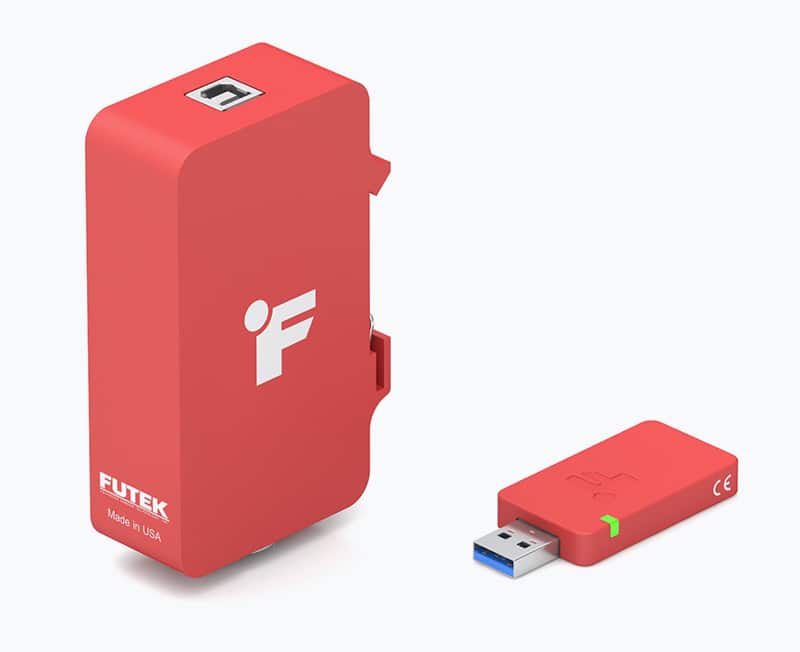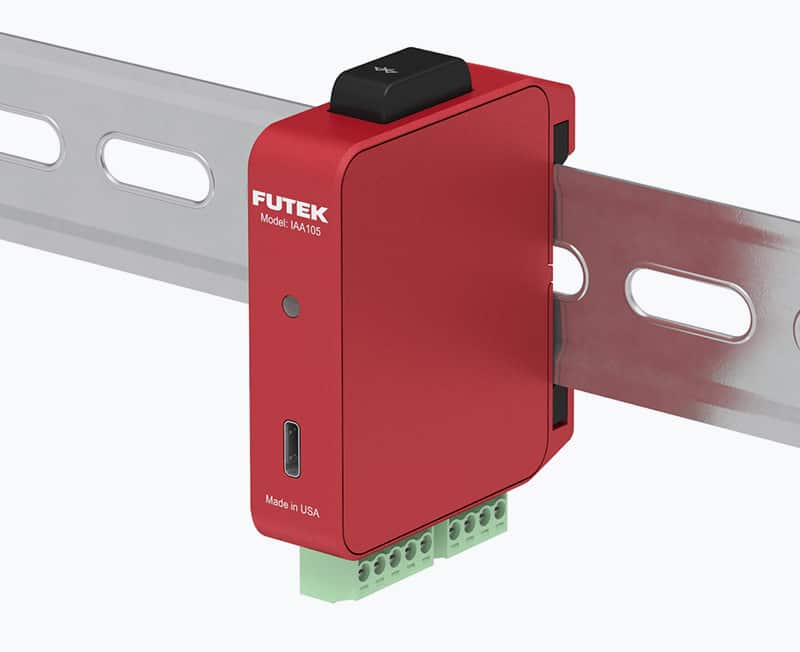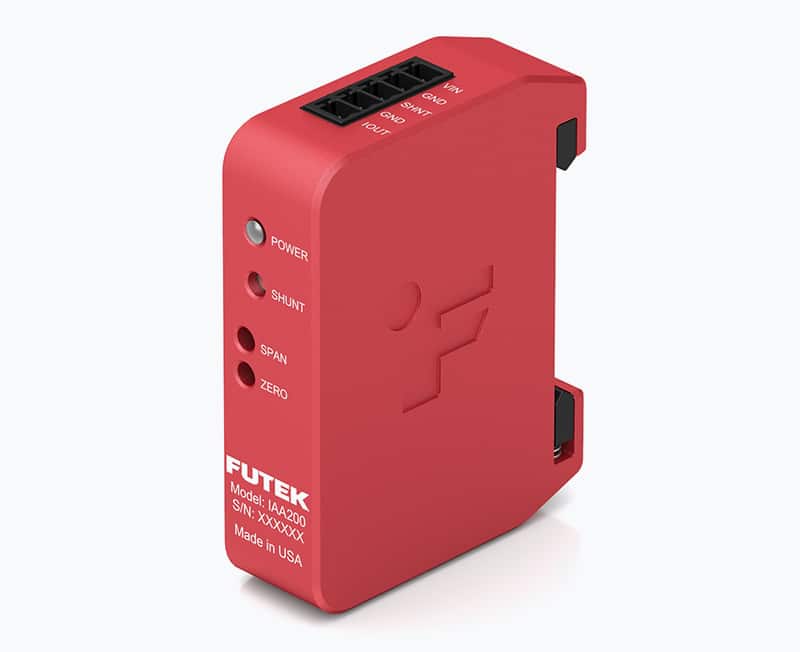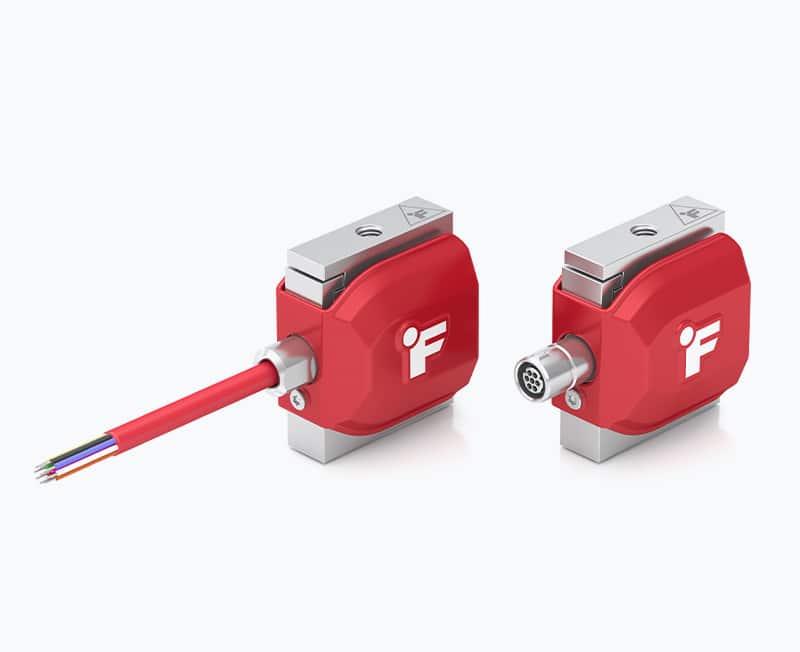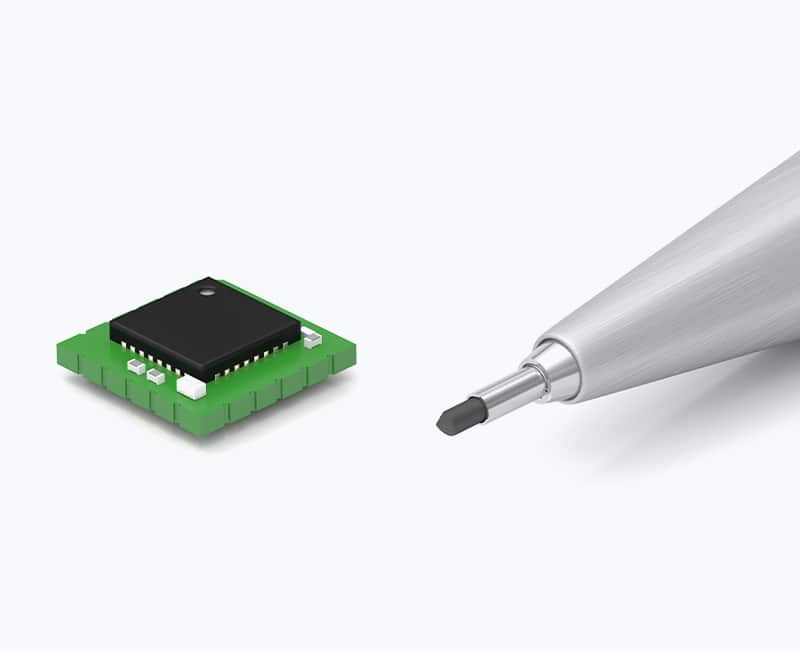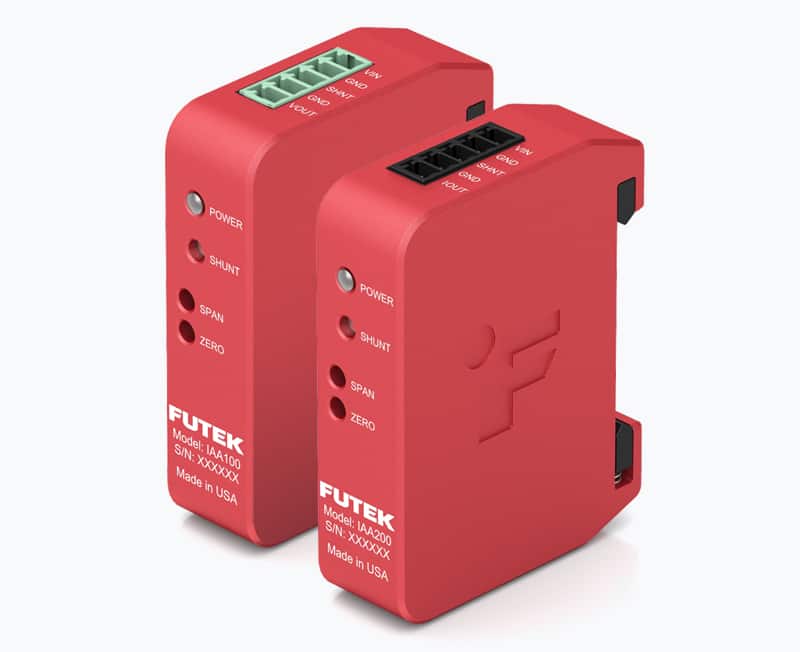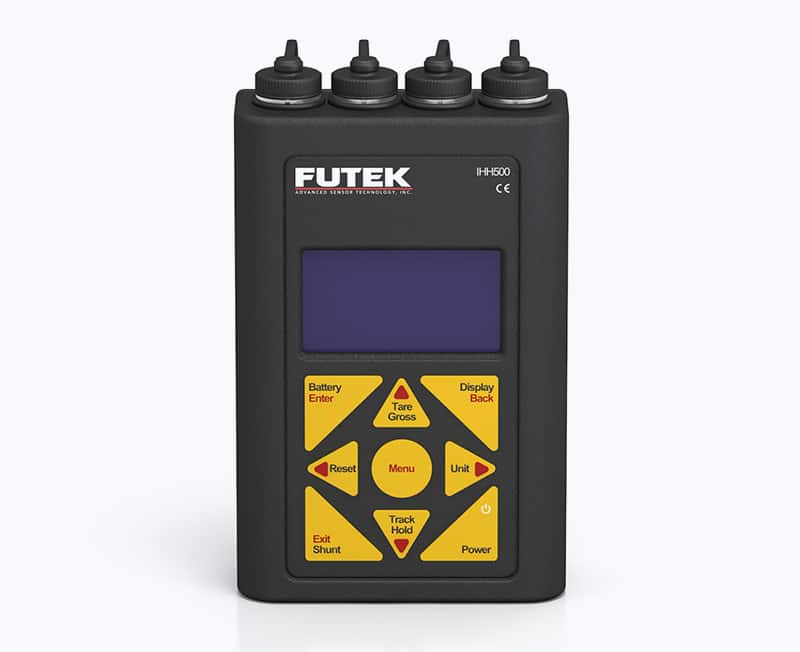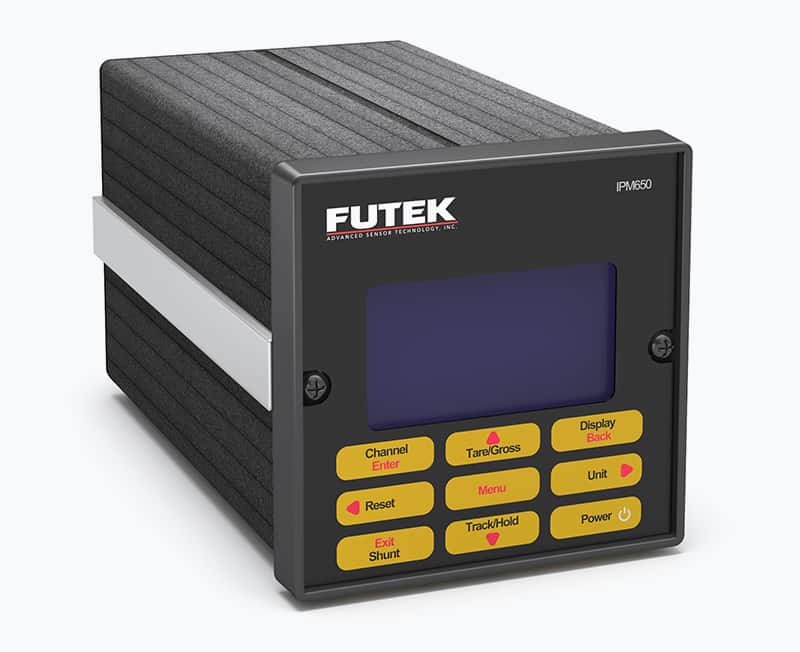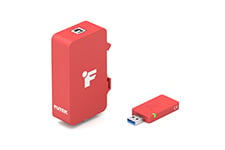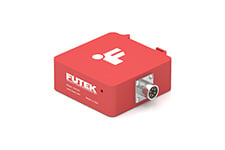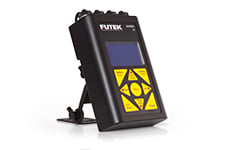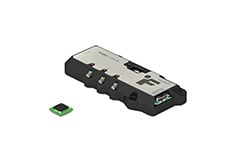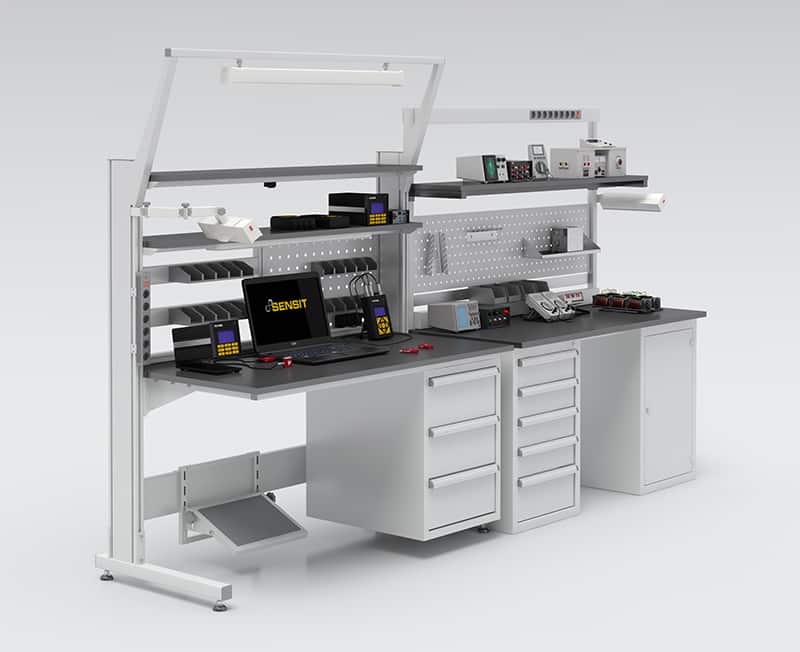
In addition to converting sensor signals, electronics also optimize them. There will always be factors, however miniscule, that affect a sensor’s performance. In real-world applications, strain gauge-based sensors are often exposed to conditions and environments that may induce signal noise. The systems themselves can also present challenges: the more components that are added to a measuring solution, the more errors will be introduced. Electronics can help solve sensor challenges and optimize the signal by amplifying, filtering, protecting, and compensating the output. As technological advances require ever-more complex and precise measurement systems, sensors have become increasingly dependent on electronics, to the point that sensors are now used with electronics in nearly all applications.
